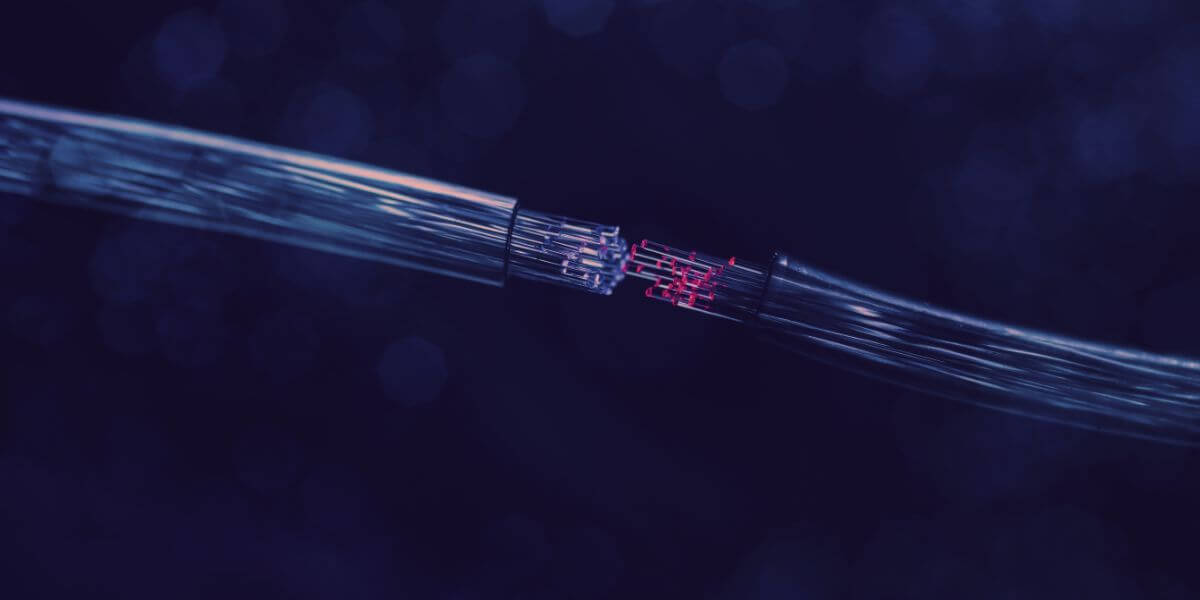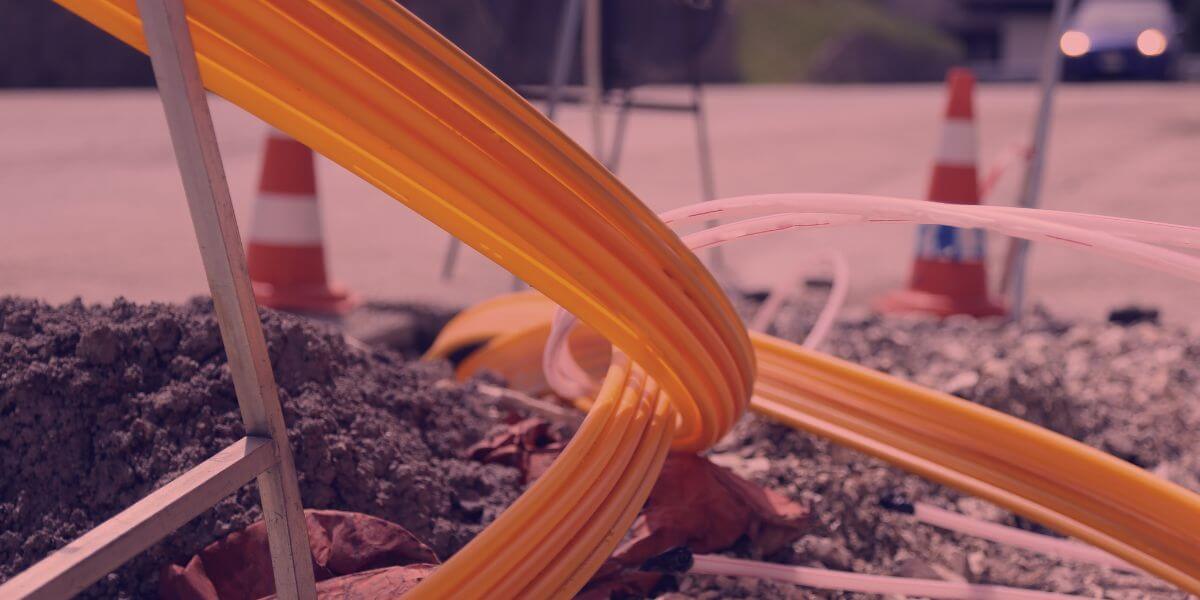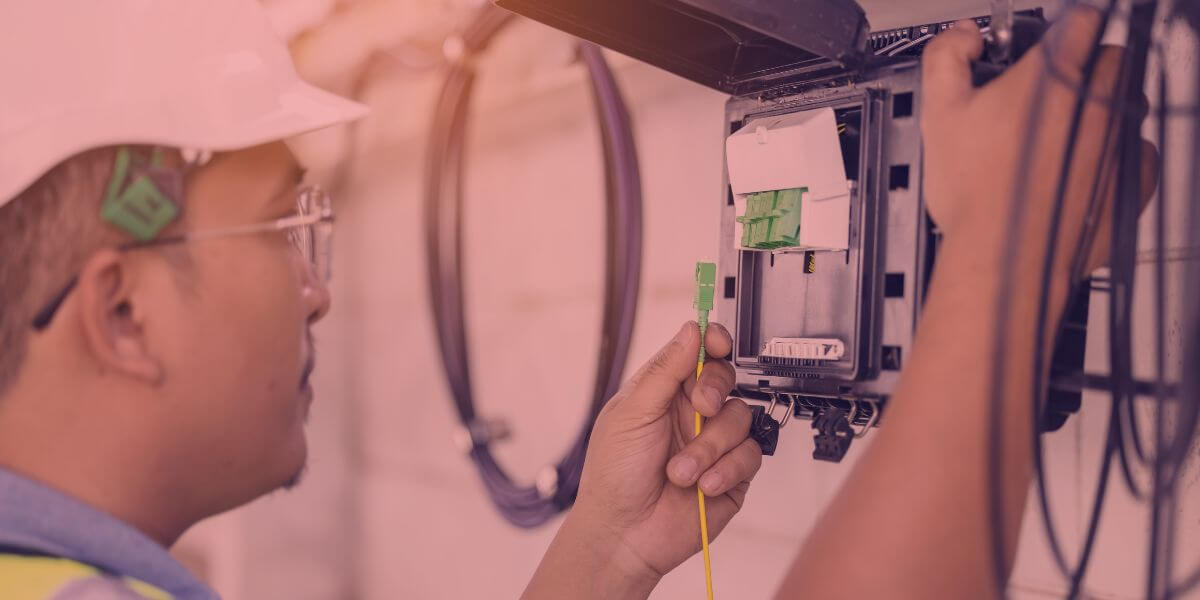Lower your internet bill
61% of people overpay for their internet.
Are you one of them?
Unlock exclusive offers in your area!
Call now
[tel]Enter zip code
1 Star is Poor & 5 Stars is Excellent.
* Required
Written by Sam Watanuki - Pub. Jan 15, 2025 / Updated Jan 15, 2025
Table of Contents
Are you happy with your Internet service?
About the author
With remote work, online learning, and streaming entertainment now an integral part of daily life, having reliable home internet has never been more important. Two major options leading this shift are 5G home internet and fiber-optic connections. 5G home internet leverages cellular networks to deliver wireless high-speed connectivity, making it a flexible solution that’s easy to set up, especially in areas lacking traditional wired infrastructure.
Fiber-optic connections, on the other hand, offer unmatched speed and reliability by transmitting data through ultra-thin glass cables, making them ideal for heavy internet users or households with multiple devices. While both options provide fast internet access, they come with distinct advantages and limitations. Understanding these differences is important when it comes to choosing the internet service that best fits your lifestyle, usage needs, and location.
Home internet can come through a variety of technologies, each with its own pros and cons. 5G home internet [1] uses the latest in cellular network tech, sending high-speed internet to your home through radio waves from nearby towers. As the newest step in wireless connectivity, 5G brings faster speeds, lower lag, and higher capacity than older cellular tech. It’s a great option for households that want flexibility and an easy setup, especially in places where wired connections aren’t available.
Fiber internet works through super-thin glass strands that use light pulses to transmit data, offering lightning-fast and reliable connections. These fiber-optic cables are usually buried underground, creating a direct link between your home and your internet provider’s network. This setup means lower lag and equal upload and download speeds—perfect for things like big file transfers, streaming, or online gaming. That said, fiber internet often requires more involved installation, like running cables to each home, and it’s not always available everywhere, especially in rural or remote areas.
Both technologies are transformative and represent the future of internet connectivity, but choosing between them largely depends on your location, infrastructure availability, and specific internet needs.

Which speed is right for you?
When comparing raw speed capabilities, fiber internet generally maintains the edge. Most residential fiber connections offer symmetrical speeds ranging from 300 Mbps to 1 Gbps, with some providers pushing even higher to 2 Gbps or beyond. This symmetrical nature means upload speeds match download speeds—a huge factor for remote work, video conferencing, and cloud storage applications.
5G home internet offers impressive download speeds, usually between 100 Mbps and 1 Gbps in ideal conditions. That said, upload speeds tend to be slower, and actual performance can vary a lot depending on things like how far you are from the tower, the weather, and how busy the network is (such as during peak network usage hours). On the other hand, fiber-optic internet delivers consistent performance no matter the time of day or weather.

Installation considerations
While fiber has the potential for super-fast speeds, its biggest challenge is availability. Building fiber infrastructure takes a lot of investment and construction work, which limits access to just over 50% of U.S. households as of 2023 [2]. Rural areas are especially affected, though government programs and private companies are working to expand coverage.
5G home internet has a different set of availability issues. Major cellular providers are quickly rolling out 5G networks, but good coverage depends on being close to towers and avoiding interference from buildings or terrain. Urban areas usually have the best 5G availability, though signal strength can vary even between neighboring buildings.
The installation process also varies a lot. Setting up fiber often requires digging trenches or using utility poles, which can take hours or even days. On the other hand, 5G home internet is much easier to set up—usually just placing a receiver and router, something you can often do yourself.
Monthly service costs can vary a lot depending on where you live and your provider, but there are some common trends. Fiber internet plans usually run between $50 to $100+ a month, with faster gigabit speeds costing a bit more. Installation fees can be a few hundred dollars, though many providers waive them if you commit to a contract.
5G home internet tends to be a more budget-friendly choice, with most plans costing between $50 and $70 a month. Installation is usually cheap—or free—and many providers even offer self-installation kits. You might have to pay for equipment rentals, but some carriers include the hardware in the monthly price.

Staying connected
Fiber internet offers incredible reliability, making it a go-to choice for households and businesses that need consistent service. Many providers promise 99.9% or better uptime, so interruptions are rare. This reliability comes from fiber’s ability to avoid problems that often affect other types of internet, like bad weather or interference from nearby electronics. Plus, fiber cables are built to last and keep signal quality strong over long distances. That said, physical damage—whether from construction, natural disasters, or even pesky rodents—can lead to outages that require professional fixes. Still, fiber remains one of the most dependable internet options out there.
On the flip side, 5G home internet uses Wi-Fi (wireless) technology, which means more factors can impact reliability. Signal strength can vary due to things like heavy rain or dense trees that get in the way of the signal. Peak usage times, like evenings or weekends, can also cause slower speeds because of network congestion. While modern 5G tech includes advanced features to reduce disruptions, occasional service hiccups or speed drops can still happen. Even so, 5G delivers impressive speeds and is a great alternative in places where wired connections aren’t available or practical.

Make the best internet speed choice for you
Choosing between these technologies really comes down to your specific needs.
Fiber internet is a great choice if you need fast, reliable speeds for things like video production, competitive gaming, or running a home business. The symmetrical speeds and dependable connection make it worth the higher price for these kinds of uses.
5G internet is a solid option if fiber isn’t available or if you’re looking for flexibility and cost savings. It’s easy to set up, competitively priced, and perfect for renters or anyone working remotely. Plus, it handles most household internet needs like streaming, casual gaming, and remote work without a hitch.
Both technologies are moving forward fast. Fiber providers are working to roll out 10 Gbps service more widely, while 5G networks keep improving with better millimeter-wave tech [3] and bigger coverage areas. The competition between these options is driving innovation and lowering prices, which is great news for consumers.
Curious about the internet options in your area? Just enter your zip code below to see which providers offer fiber or 5G home internet near you. Our comparison tool makes it easy to compare speeds, prices, and features so you can find the best fit for your needs.
[1] CNET. “What is 5G Home Internet?"
[2] Fiber Broadband Association. “Fiber Passes Over 50% of U.S. Households."
[3] Celona. “5G mmWave: What Is It & What Are Its Benefits?"
About the author
Congratulations, you qualify for deals on internet plans.
Speak with our specialists to access all local discounts and limited time offers in your area.
[tel]61% of people overpay for their internet.
Are you one of them?
Unlock exclusive offers in your area!
Call now
[tel]Enter zip code